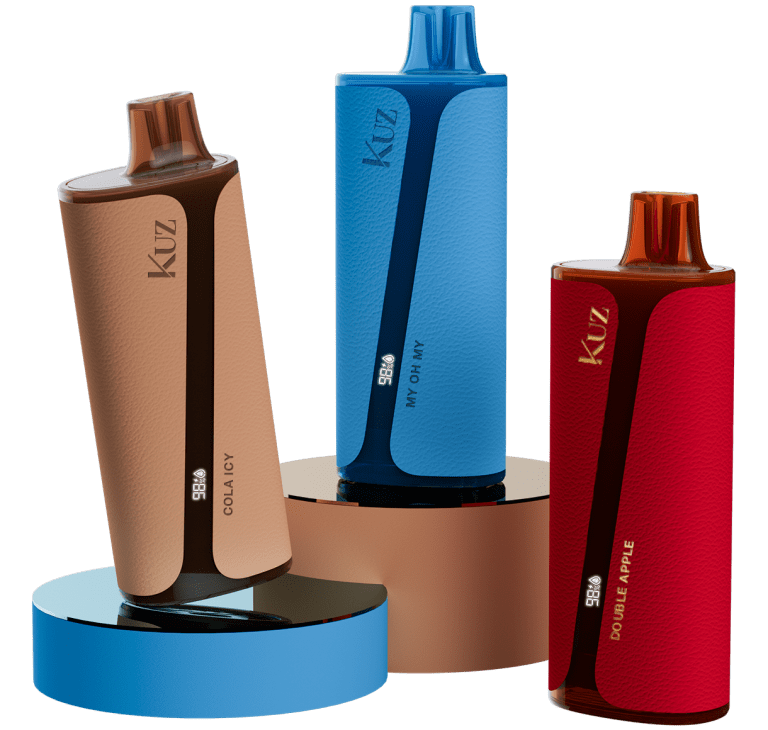The rise in popularity of essential oils has led to their use in various forms, including aromatherapy, diffusers, and now, vaping. Essential oil vapes are marketed as a natural and therapeutic alternative to traditional e-cigarettes, often free from nicotine and other common vaping ingredients. However, the safety of inhaling vaporized essential oils directly into the lungs is a matter of growing concern among health professionals.
Understanding Essential Oil Vaping
Vaping essential oils involves heating concentrated plant extracts until they vaporize, which is then inhaled through a vape pen or similar device. The practice is often promoted as a way to gain the benefits of aromatherapy on the go, without the need for diffusers or humidifiers. However, this method of administration raises significant safety concerns.
The Dangers of Vaping Essential Oils
Essential oils are highly concentrated and contain volatile organic compounds (VOCs). When these oils are heated to high temperatures, typically required for vaping, they can break down into harmful compounds. Studies indicate that when essential oils are heated above their flashpoints, they may release toxic substances such as carbon monoxide and other hazardous chemicals. This breakdown can lead to serious respiratory issues, including chronic bronchitis, lung infections, and even damage to lung tissue.
Moreover, the flashpoints of most essential oils are significantly lower than the temperatures at which vape pens operate, which typically range from 392°F to 482°F (200°C to 250°C). This discrepancy increases the risk of inhaling these dangerous byproducts. While some manufacturers claim that their devices are designed to operate at lower, safer temperatures, the lack of standardized regulations makes it difficult to ensure consistent safety across products.
Expert Opinions and Health Risks
Health experts widely advise against the practice of vaping essential oils. Dr. Susan Chiarito, a family physician, warns that inhaling vaporized essential oils can be just as harmful as other inhalable products, such as traditional e-cigarettes. She highlights that essential oils, when vaporized, can convert into compounds that are damaging to the lungs, mouth, and nasal passages, particularly when used over an extended period.
Additionally, the potential for allergic reactions adds another layer of risk. Even if you have previously used essential oils without issue, the direct inhalation of these concentrated substances can trigger new sensitivities or exacerbate existing conditions like asthma.
Safer Alternatives to Vaping Essential Oils
Given the potential risks, experts recommend safer alternatives for those looking to enjoy the benefits of essential oils. Traditional methods such as using a diffuser, applying diluted oils topically, or incorporating them into bath products can provide similar therapeutic effects without the associated risks of vaping.
Diffusers, for example, disperse essential oils into the air at room temperature, which avoids the dangers posed by high heat. This method allows for a gentle release of the oil’s aroma without converting it into potentially harmful substances.
Conclusion
While the allure of vaping essential oils as a natural and beneficial alternative to traditional vaping is understandable, the risks far outweigh the potential benefits. The high temperatures involved in the process can transform these natural extracts into harmful compounds that pose serious health risks. For those looking to harness the benefits of essential oils, safer methods like diffusing or topical application are strongly recommended. Your health and safety should always come first, and with the current lack of long-term safety data on essential oil vaping, it’s best to err on the side of caution.
In summary, avoid vaping essential oils and opt for safer alternatives to ensure you’re not putting your health at unnecessary risk.



